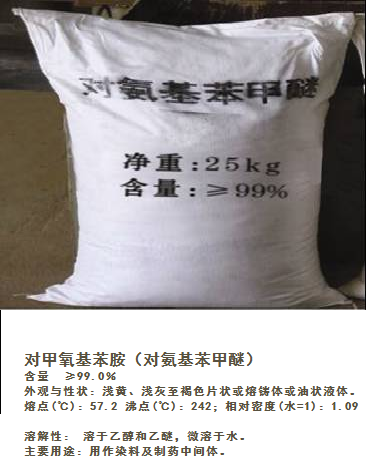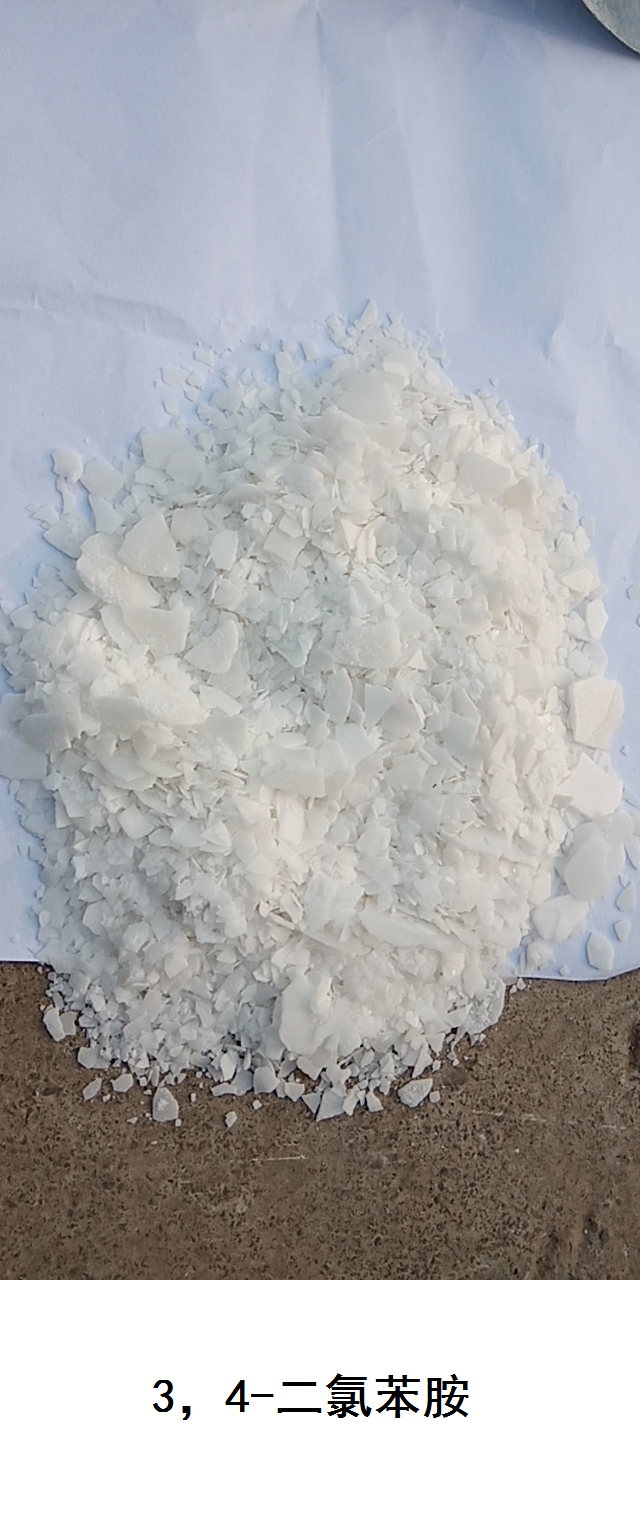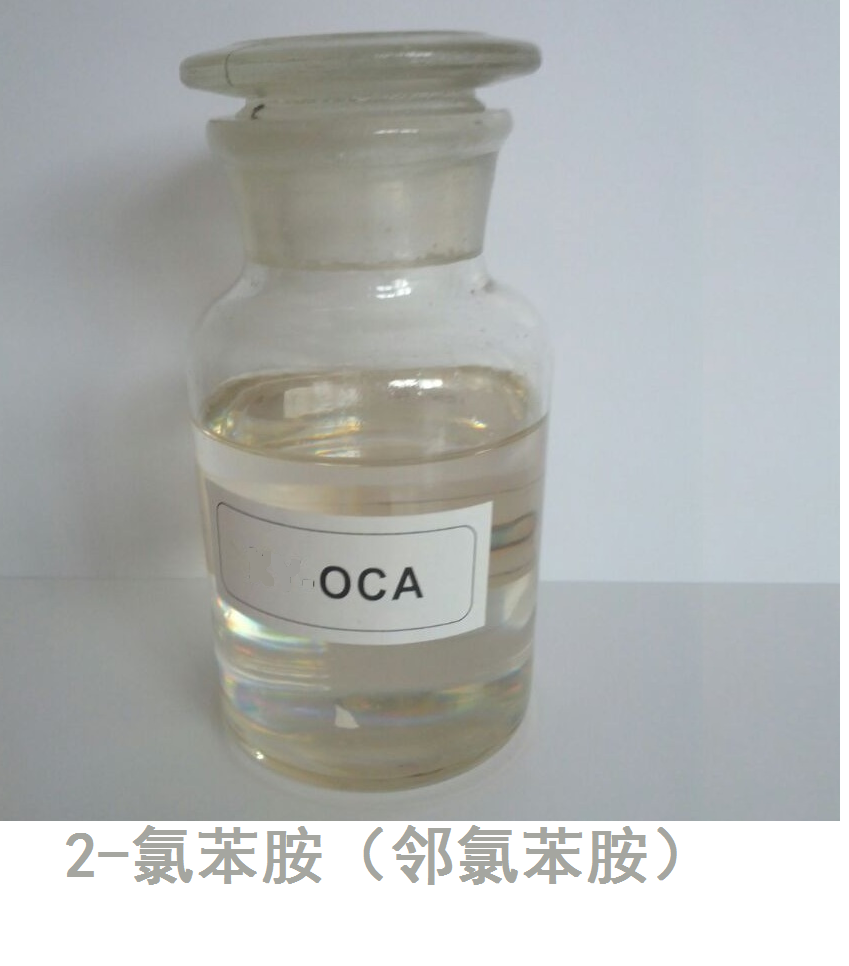Detail
|
2,4-Dinitroaniline Basic information |
| Chinese name: | 2,4-Dinitroaniline |
| Chinese synonyms: | 2,4-dinitroaniline;2,4-nitroaniline;1-amino-2,4-dinitrobenzene;m-dinitroaniline;2,4-dinitroaniline;2.4-dinitroaniline Nitroaniline 2,4-DINITROANILINE;2,4-Dinitroaniline, 99% (DRY WT.), CONT. UP TO 15% WATER;2,4-Dinitroaniline, 99% (DRY WT.) , with more than 15% water |
| English name: |
2,4-Dinitroaniline |
| English synonyms: |
1-Amino-2,4-dinitrobenzene;2,4-DINITROANILINE;2,4-Dinitraniline;2,4-Dinitroaminobenzene;2,4-Dinitroanilin;2,4-dinitro-anilin;2,4-Dinitroanilina;2,4-Dinitrobenzamine |
| CAS number: |
97-02-9 |
| Molecular formula: |
C6H5N3O4 |
|
分子量: |
183.12 |
|
EINECS号: |
202-553-5 |
| Related categories: |
Intermediates of Dyes and Pigments;Anilines, Aromatic Amines and Nitro Compounds;C2 to C6;Nitrogen Compounds;Alpha Sort;Amines;Analytical Standards;AromaticsChemical Class;AromaticsVolatiles/ Semivolatiles;Chemical Class;D;DAlphabetic;DID - DINAnalytical Standards;Nitro Compounds;Building Blocks;C6;Chemical Synthesis;Nitrogen Compounds;Organic Building Blocks;standards; analytical standards; general reagents; other biochemical reagents |
| Mol file: |
Security Information
|
2,4-Dinitroaniline Chemical Properties |
| melting point |
177 °C |
| density |
1,61 g/cm3 |
| Flash point |
224 °C |
| Storage conditions |
Flammables area |
| water solubility |
0.06 g/L (20 ºC) |
|
Merck |
14,3270 |
|
BRN |
982999 |
| stability |
Stable. Incompatible with oxidizing agents. May decompose violently at elevated temperatures. |
| CAS database | |
| NIST Chemical Substance Information | |
| EPA Chemical Substance Information | |
| 2,4-Dinitroaniline Usage And Synthesis | |
| chemical properties | Yellow crystals. Slightly soluble in ethanol, insoluble in water, soluble in acid solution. |
| use | It is used in the manufacture of azo dyes and disperse dyes, as well as toners for printing inks and preparation of preservatives, etc. |
| use | This product is the intermediate of disperse dyes, neutral dyes, sulfur dyes and organic pigments. It is used to produce dyes such as sulphur dark blue 3R, disperse red B and disperse violet 2R. It is also used in other organic synthesis, the production of pesticide dinitrate powder, etc., as well as the toner of printing ink and the preparation of preservatives. |
| production method | From 2,4-dinitrochlorobenzene pressure ammonolysis derived. Add 15kg of pulling powder (sodium 1,2-dibutylnaphthalene-6-sulfonate), 300kg of 2,4-dinitrochlorobenzene, 1350L of ammonia water (containing 150kg of ammonia) into the ammonolysis reaction pot, heat it for 1 hour The temperature was raised to about 80°C, and the heating was stopped. The reaction temperature is controlled to be 108-110° C. and the pressure to be 0.35-0.4MPa. The pressure was released after 4 hours of incubation reaction. The released ammonia gas is absorbed and reused with water. The reaction solution was cooled to below 35°C and filtered, and the filter cake was washed with cold water until it was nearly neutral to obtain the finished product. Yield 90-95%. |
| category | poisonous |
| Toxicity classification | Highly toxic |
| acute toxicity | Oral-rat LD50: 285 mg/kg; Oral-mouse LD50: 370 mg/kg |
| stimulus data | Eye - Rabbit 500 mg/24h mild |
| Flammability Hazardous Characteristics | Open flame flammable; high heat decomposes toxic nitrogen oxide fumes; reacts with oxidants |
| Storage and transportation characteristics | The warehouse is ventilated and dried at low temperature; it is stored separately from oxidants, food additives and acids |
| Extinguishing agent | Mist water, foam, carbon dioxide, dry powder, sand. |
| professional standards | STEL 0.3 mg/m³ |
| Dangerous Goods Sign | |
| Hazard Category Code | |
| safety instructions | |
| Dangerous Goods Shipping Number |
UN 1596 6.1/PG 2 |
|
WGK Germany |
2 |
| RTECS |
BX9100000 |
|
HazardClass |
6.1 |
|
PackingGroup |
II |
| customs code |
29214210 |
| Toxic Substance Data |
Message
Related products







